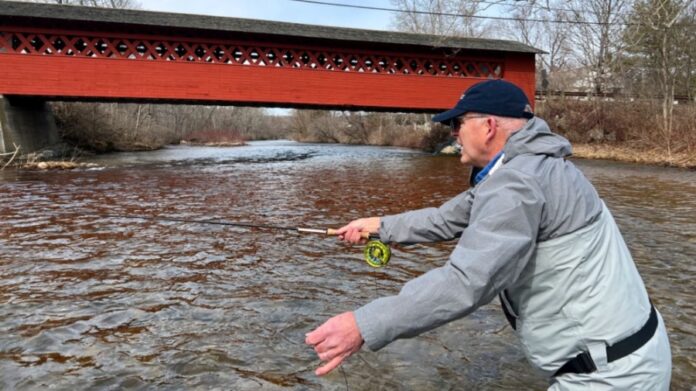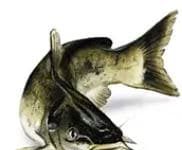Written By: Ray Berumen, Taconic Guide Service
All photos by Taconic Guide Service
March comes in like a lion and leaves like a lamb, leading to warmer days and warmer water temperatures that set the fish into motion. Both wild and holdover trout from the year prior begin feeding aggressively on larger forms of protein–namely this year’s fry, along with crayfish and leeches–making April an ideal month to fish streamers. This time of year, however, trout mostly stick to the lower part of the water column, roughly 8 to 12 inches above the bottom, so a sinking line is often necessary to get down to them.

It’s important to know how fast your line sinks in order to keep your flies riding at the right depth. I like to use a 150-grain line, which sinks at around 5 inches per second at the head, paired with a very short, 8- to 12-inch leader to help pull the fly down with it. Count how many seconds it takes from the time the fly lands until the time it hangs up on the bottom, then reduce that time by about 2 seconds on the next cast, and you’ll be right in the strike zone.

Once you’ve got the depth figured out, aim your cast more-or-less perpendicular to the opposite bank, let your fly sink to the right depth, then hold the line tight so that it bows and “swings” downstream. Fishing the swing like this can be a very productive technique in faster-moving water, or you can try stripping the streamer to make it flutter a bit if the current is weaker. Either technique can result in a solid strike and a wonderful experience.
Ray Berumen is owner and operator of Taconic Guide Service in Manchester, VT.
Credit: Source link































